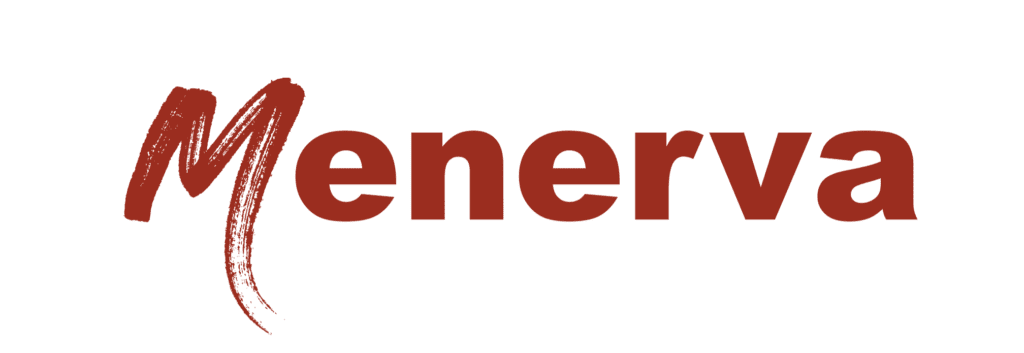A well-crafted content strategy is the backbone of any successful digital marketing plan. It outlines how you will create, distribute, and manage content to achieve your goals, whether driving traffic, generating leads, or building brand awareness. Without a clear strategy, your efforts can feel scattered and unproductive, but with the right approach, you can create a roadmap that delivers measurable results.
Here’s how to create a content strategy that aligns with your objectives, engages your audience, and maximizes the impact of your efforts.
Define Your Goals
The first step in creating a content strategy is understanding your goal. Goals give your strategy purpose and direction. For instance, are you aiming to increase website traffic, improve brand loyalty, or drive more conversions? Your goals will shape the content you create and define how you measure its success.
For example:
- If your goal is to drive traffic, focus on creating content optimized for search engines.
- If you want to build brand loyalty, develop resources that resonate emotionally with your audience.
- If conversions are the target, prioritize actionable content like case studies, product demos, or landing pages.
Setting SMART goals (Specific, Measurable, Achievable, Relevant, Time-bound) ensures your objectives are realistic and trackable.
Understand Your Audience
Creating great content requires a deep understanding of your target audience. The better you know your audience, the more relevant and engaging your content will be. Start by gathering information about your target audience’s demographics, interests, and pain points. Tools like Google Analytics, surveys, or social media insights can provide valuable data.
Developing buyer personas can help you visualize who you’re creating content for. A buyer persona is a comprehensive representation of your ideal customer, including their age, profession, challenges, and motivations. For instance, a persona for a fitness brand might include a working professional in their 30s who struggles to find time to exercise but values quick and effective workouts.
Audit Your Existing Content
Before diving into new content creation, take stock of what you already have. A content audit can help you evaluate existing pieces to determine what’s working, what needs improvement, and what can be repurposed. Look at metrics like page views, bounce rates, and engagement to identify high-performing content.
Ask yourself:
- Are there gaps in your content library?
- Are older pieces still accurate and relevant?
- Could you update or expand existing content to make it more valuable?
For example, a blog post from two years ago could be refreshed with updated statistics or additional insights to maintain its relevance. Refreshing content is a smart strategy because it leverages the authority and credibility the existing post has already established with search engines, giving it a solid foundation to perform even better after updates rather than starting from scratch with a new post.
Choose Your Content Types
Content takes many forms, and the types you select should align with your goals and resonate with your audience’s preferences. Here are a few popular options:
- Blog posts: Great for driving organic traffic and showcasing expertise.
- Videos: Engaging and shareable, videos work well for tutorials, product demonstrations, or storytelling.
- Infographics: Useful for presenting data or processes in an easy-to-digest format.
- Social media posts: Ideal for building community and fostering interactions.
- Email newsletters: Effective for nurturing leads and keeping your audience informed.
Experimenting with a mix of formats allows you to reach your in audience across in different ways and across multiple channels and cater to different preferences.
Map Out Your Content Topics
Once you know your goals and audience, it’s time to brainstorm content topics. Focus on addressing your audience’s questions, solving their problems, or inspiring them. Keyword research can uncover what your audience is searching for, while tools like AnswerThePublic or Google’s “People also ask” section provide topic ideas.
For instance, a business targeting small entrepreneurs might create content around:
- “How to Start a Small Business with Limited Capital”
- “Time Management Tips for Busy Entrepreneurs”
- “The Benefits of Outsourcing for Growing Companies”
Having a list of core topics ensures your content remains focused and relevant.

Plan Your Content Calendar
A content calendar helps you streamline your ideas and stay on track with a consistent publishing schedule. It outlines what content will be published, when, and where. A content calendar will prevent last-minute scrambling and ensures your strategy stays on track.
When creating your calendar:
- Identify key dates, such as holidays, product launches, or industry events, and align content around them.
- Decide on a frequency that’s manageable for your team—quality matters more than quantity.
- Include placeholders for content formats, topics, deadlines, and distribution channels.
For example, your calendar might include a mix of weekly blog posts, biweekly videos, and daily social media updates.
Create and Optimize Content
With your plan in place, it’s time to start creating. Whether it’s a blog post, video, or infographic, ensure each piece is high-quality, relevant, and aligned with your audience’s needs.
For written content, focus on clarity and structure. Break up long sections with subheadings, bullet points, and visuals to improve readability. Incorporate keywords naturally and include a compelling call-to-action (CTA) that guides your audience toward the next step.
For multimedia content, pay attention to production quality. Even simple videos or graphics should look polished and professional.
Promote Your Content
Creating great content is only half the battle; getting it in front of your audience is equally important. Use multiple channels to maximize reach, including:
- Social Media: Share your content across platforms like Facebook, LinkedIn, Instagram, or Twitter, tailoring posts to each audience.
- Email Marketing: Send newsletters or personalized campaigns to subscribers to keep them engaged.
- SEO: Optimize your content for search engines to increase visibility in organic search results.
- Paid Promotion: Consider using ads to boost high-value content and reach a broader audience.
For example, if you’ve written a blog post, you could promote it through a Twitter thread summarizing key points, a short Instagram video teaser, or an email newsletter with a link to the full post.
Measure and Adjust
A successful content strategy is not static. Regularly analyze your performance metrics to see what’s working and what needs improvement. Use tools like Google Analytics or social media insights to track:
- Page views and traffic sources
- Time spent on pages
- Social shares and engagement
- Conversion rates
If a particular type of content consistently performs well, consider creating more of it. Conversely, if something isn’t resonating, explore why and adjust your approach.
For instance, you might find that your audience engages more with video content than blog posts, prompting you to dedicate more resources to video production.
Iterate for Long-Term Success
A content strategy is an evolving process. As your business grows and audience needs change, so should your approach. Revisit your goals, personas, and content calendar regularly to ensure they align with current priorities.
For example, a brand initially focused on awareness may shift its strategy toward lead generation. Adapting your content to support these changes keeps your efforts relevant and impactful.
Bringing Your Content Strategy Together
Creating a content strategy might seem daunting at first, but breaking it into manageable steps makes the process more approachable. You can build a strategy that drives meaningful results by setting clear goals, understanding your audience, and consistently delivering valuable content. Remember, the most effective strategies are those that remain flexible and responsive to your audience’s needs, ensuring long-term success.
We can help create a content strategy for your business or blog that will increase traffic. Contact us today to learn more.





